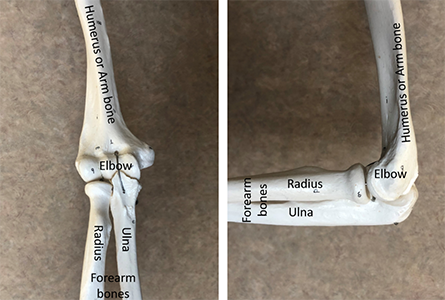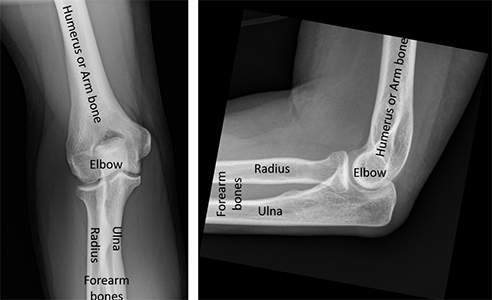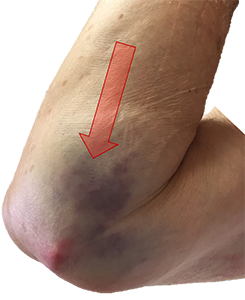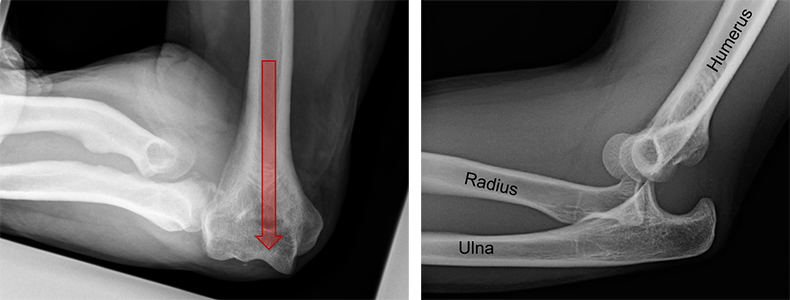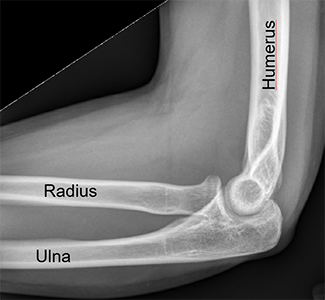Physical Therapy Videos - Elbow
What Is It?
The elbow is a joint that connects your upper arm to your forearm. It lets you move your hand closer to or away from your body. This is called bending or straightening your elbow. The elbow also helps you turn your hand palm-up and palm-down. This is called rotating your forearm. Since the elbow is important for moving your hand, getting back elbow movement is a big part of treatment and recovery.
How It Happens
Elbow dislocations happen when someone falls on their outstretched hand or if the elbow bends too much. About half of these injuries happen during sports. You will feel pain right away, your arm will look crooked, and you won't be able to bend or straighten your arm. You may also have numbness or tingling in your fingers. In rare cases, blood vessels in your arm may be damaged.
First Steps
Elbow dislocations are serious and need quick treatment. Go to the nearest emergency room. The doctor will check if the nerves and blood vessels in your arm are working. X-rays will show if you have a dislocation, broken bones, or both. Your elbow will be put back in place, or "reduced." This is usually done in the emergency room. You will get medicine to help with pain and make you sleepy. Then, the doctor will gently pull your arm and fix your elbow. Your arm will be put in a splint with your elbow bent. Sometimes, you might need surgery.
Treatment
Your elbow will be kept in a splint or cast for one to three weeks. The doctor will decide how long based on your condition and if your elbow is stable. Your doctor will take X-rays to make sure your elbow stays in the right position.
Recovery
After the cast or splint is removed, an X-ray will show if your elbow is still in the right place. Then, you will start moving your elbow and may go to physical therapy. This helps regain movement and reduces stiffness. Your doctor will limit your activities for six to twelve weeks after the injury. They may also limit how much you can straighten your elbow. This is because the elbow is less likely to dislocate again if it's kept slightly bent. You will work on getting back as much movement as possible in your elbow.
Long Term
Long-term problems after elbow dislocations can include stiffness or repeat dislocations. Stiffness is very common. People with this injury might not be able to straighten their arm fully again. But, you can still function well even if you can't bend or straighten your arm all the way. Doing therapy and following your doctor's instructions can help you regain motion. Another dislocation is rare and usually happens soon after the injury if you move your elbow too much. Repeat dislocations almost never happen after your elbow has healed. Patients with elbow dislocations may develop elbow joint arthritis years later.
Physical Therapy Videos - Elbow
More Information
---
Christopher Doro, MD
Edited by the OTA Patient Education Committee and Steven Papp, MD (section lead)
All x-rays and pictures taken from the personal collection of Dr. Doro and Christopher Domes, MD

